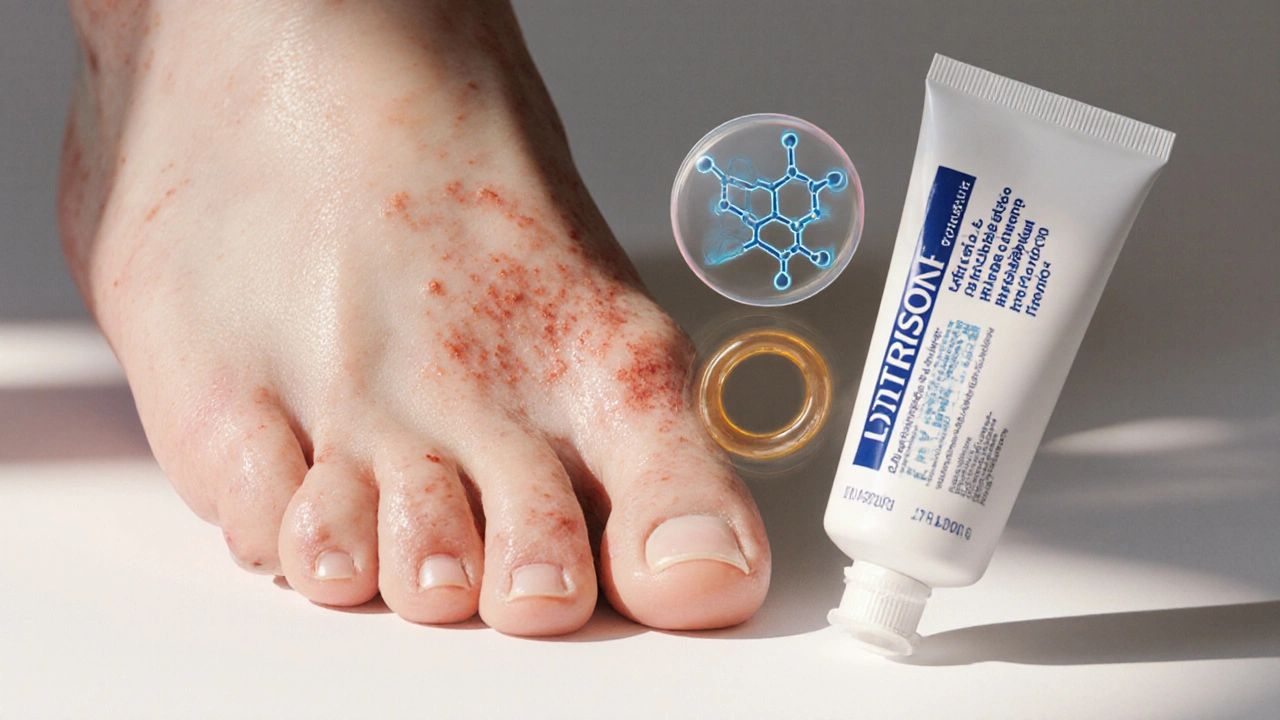Beyond the active ingredient, practical factors such as formulation, dosage, and drug interactions shape how you use these creams. Clotrimazole typically comes in 1% or 2% creams, gels, and sprays, giving you flexibility for hairy areas, interdigital spaces, or large patches. It plays well with most moisturizers, but you should avoid layering it under heavy occlusive dressings unless a doctor advises it. Ketoconazole, being stronger, may require a short‑term prescription and should not be mixed with oral antifungals without guidance. Miconazole can cause mild burning sensations in some users, so a patch test is wise. Terbinafine, while excellent for nails, can lead to liver enzyme changes if taken orally, though the topical version is generally safe. Across the board, remember to complete the full course—even if symptoms fade—because stopping early can let the fungus rebound. In the list below you’ll find in‑depth comparisons, dosage tips, safety notes, and real‑world advice that will help you decide which antifungal fits your lifestyle and condition best. Dive into the articles to get actionable insights, side‑effect charts, and buying guides that turn a simple cream into a confident part of your health toolkit.

